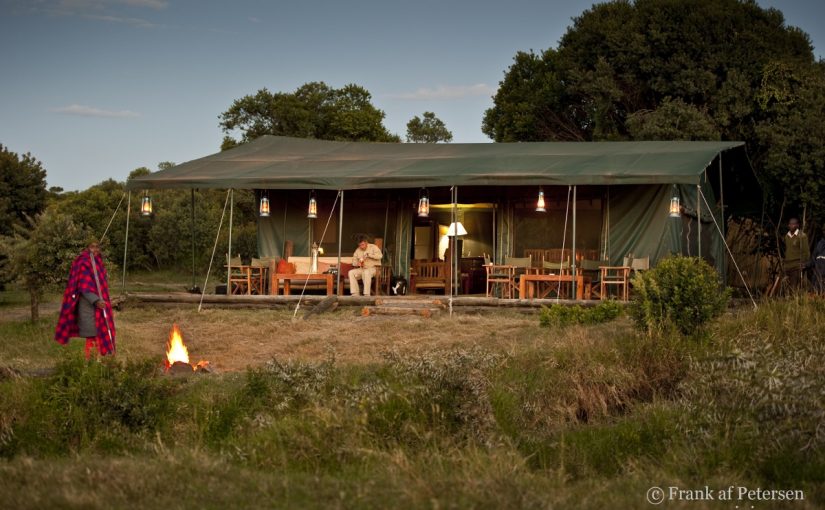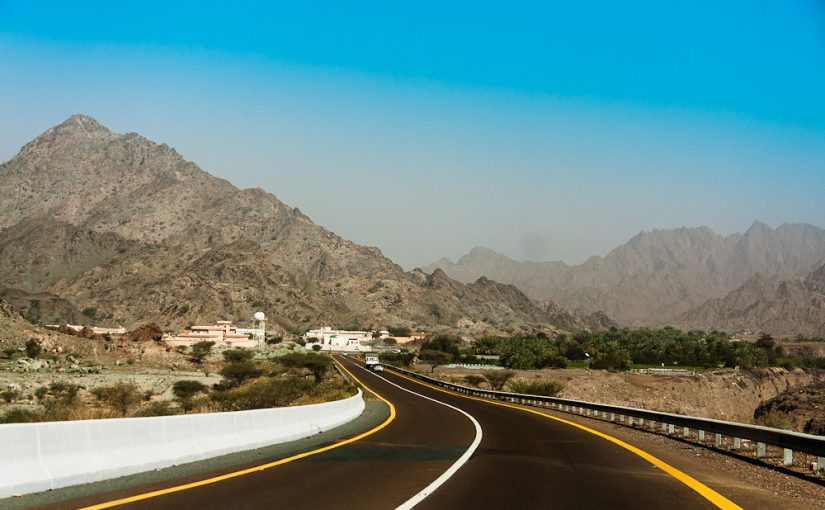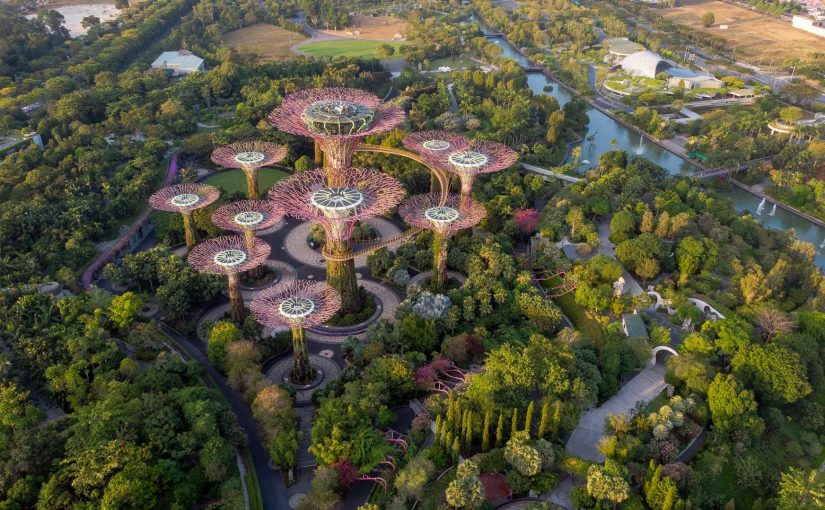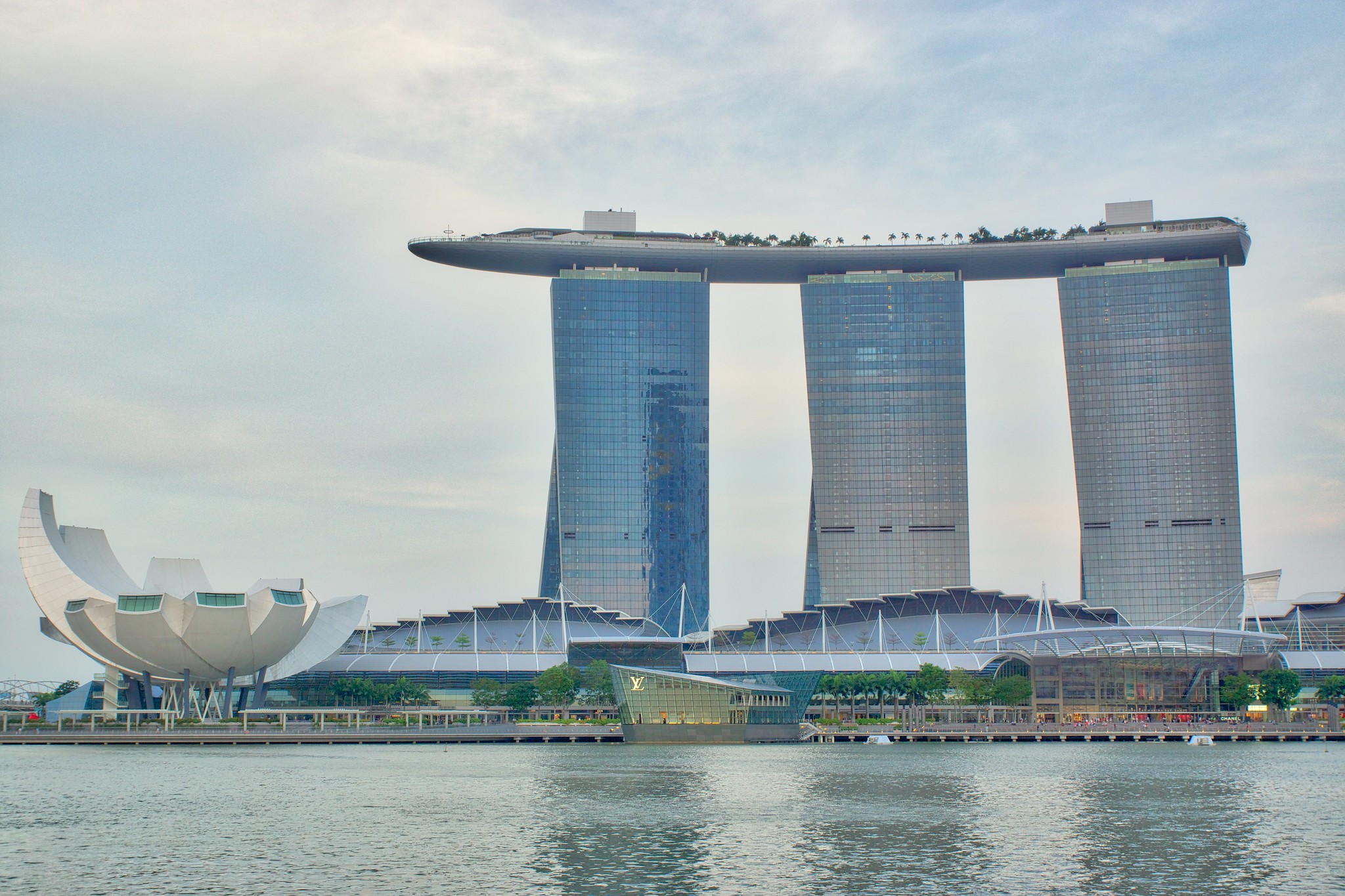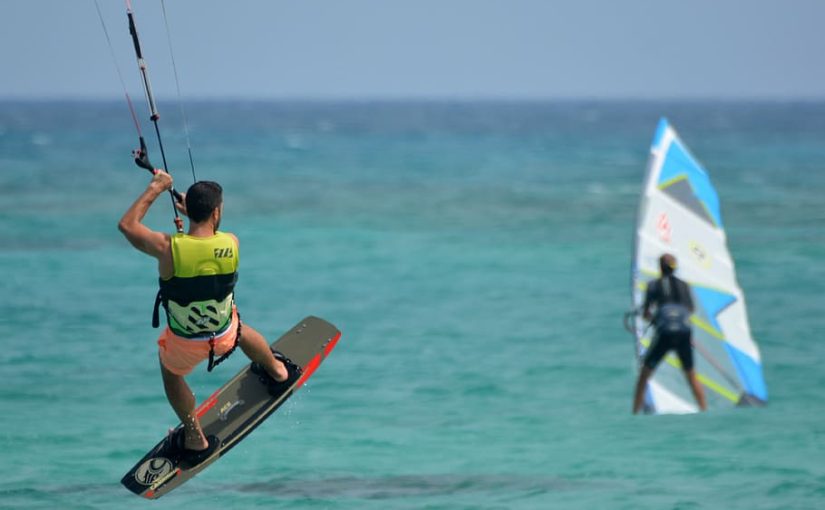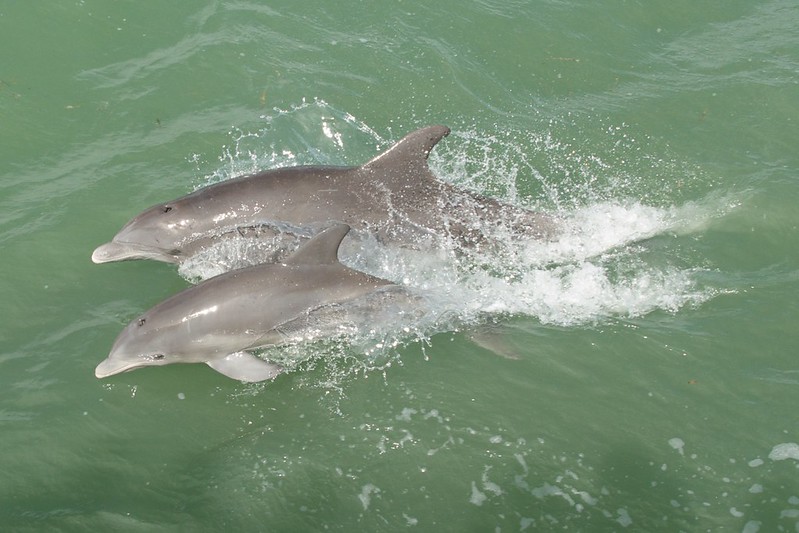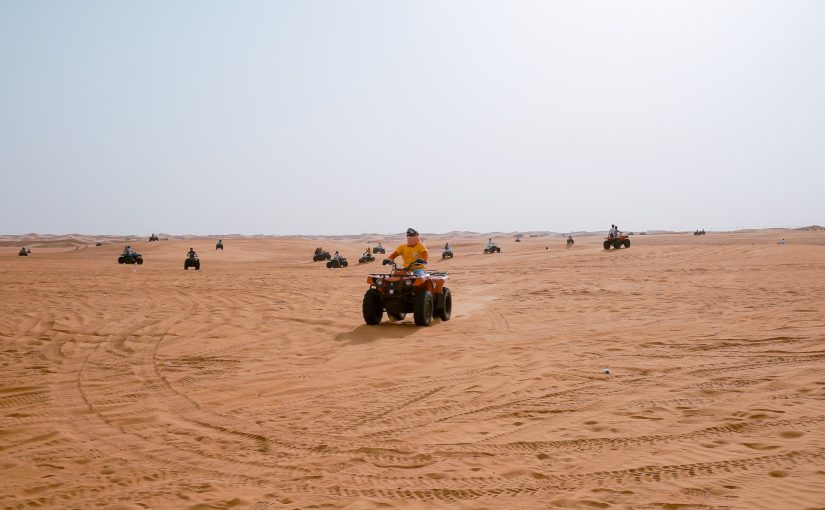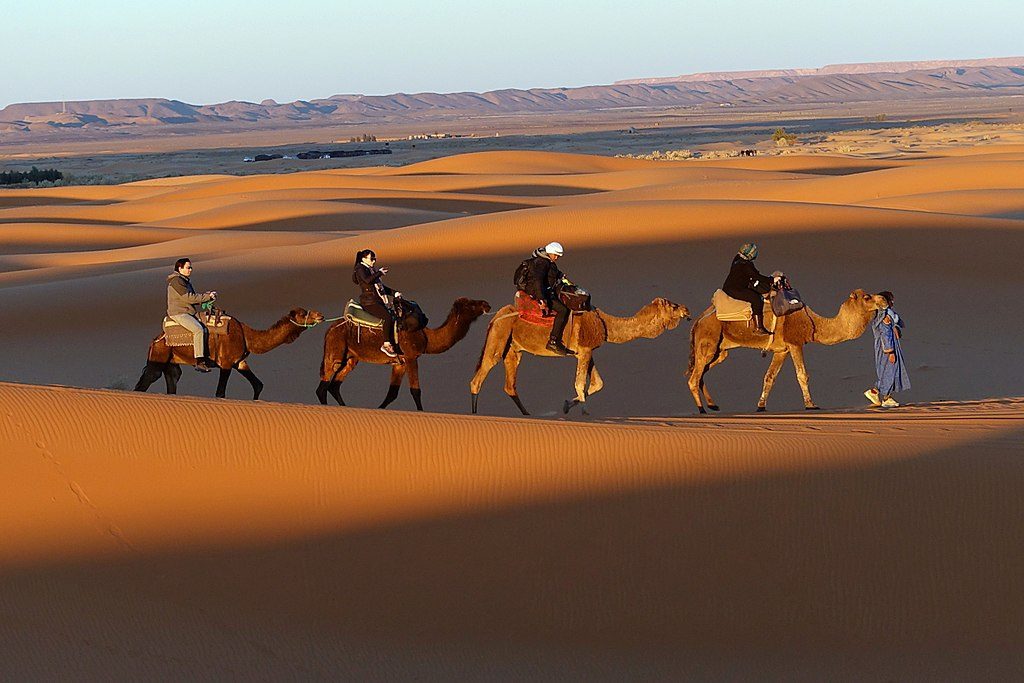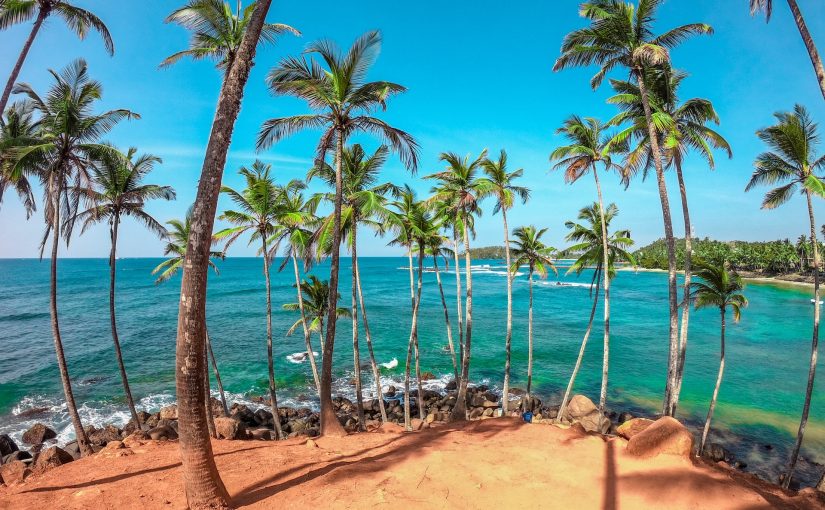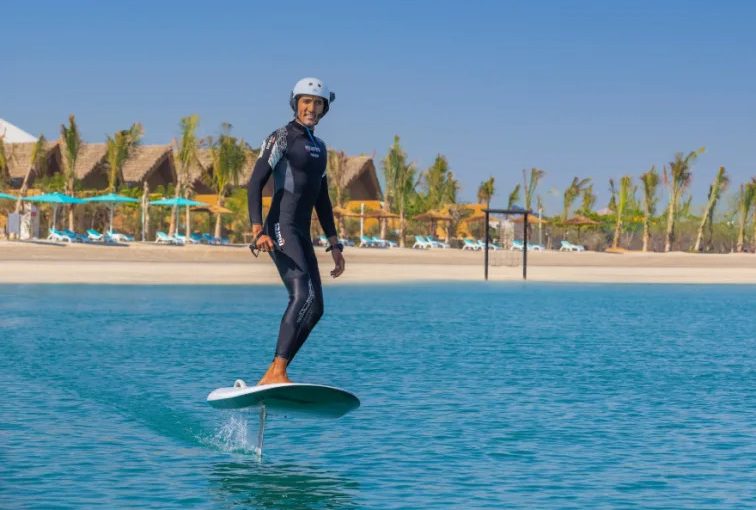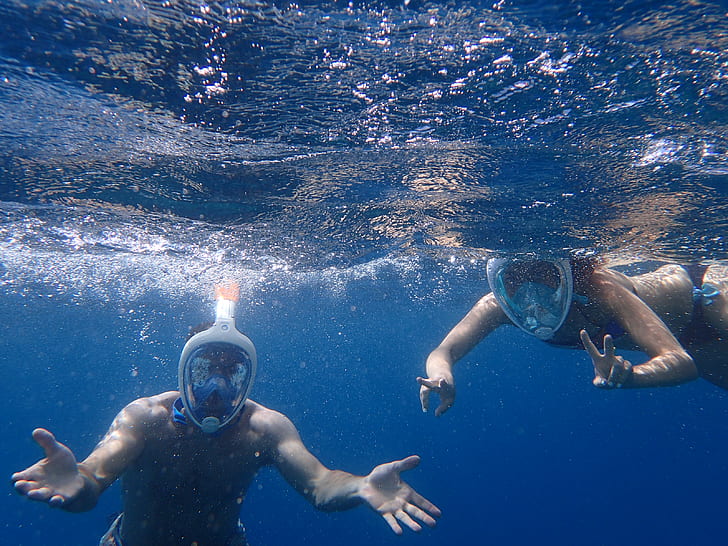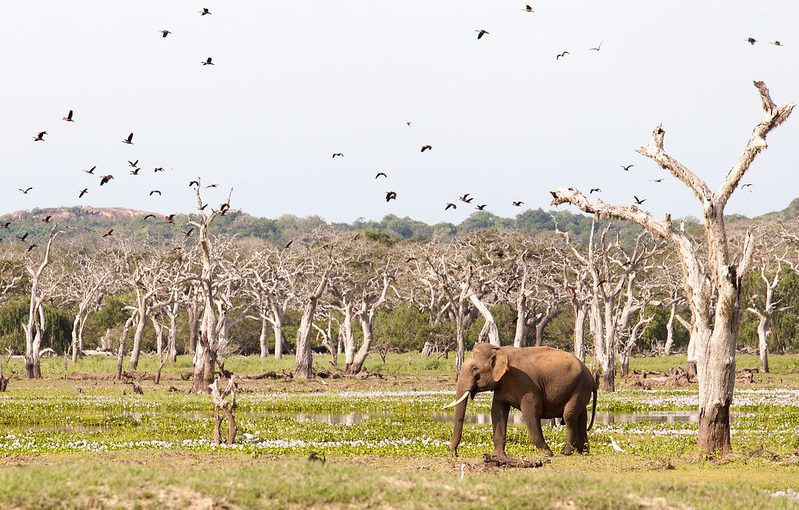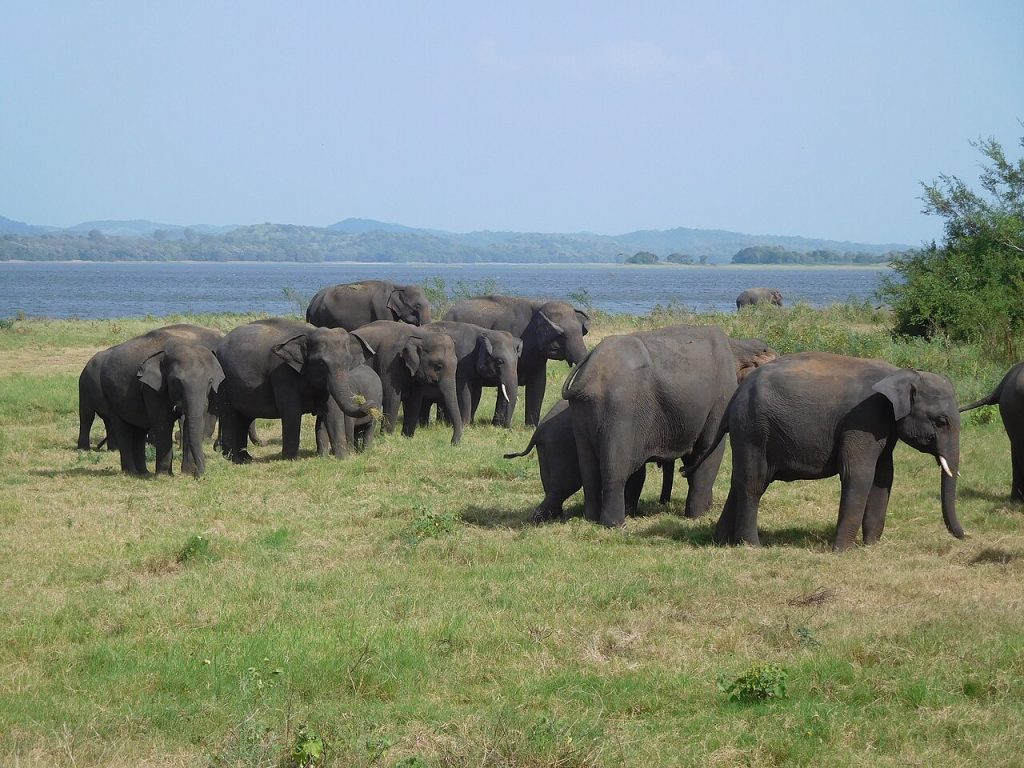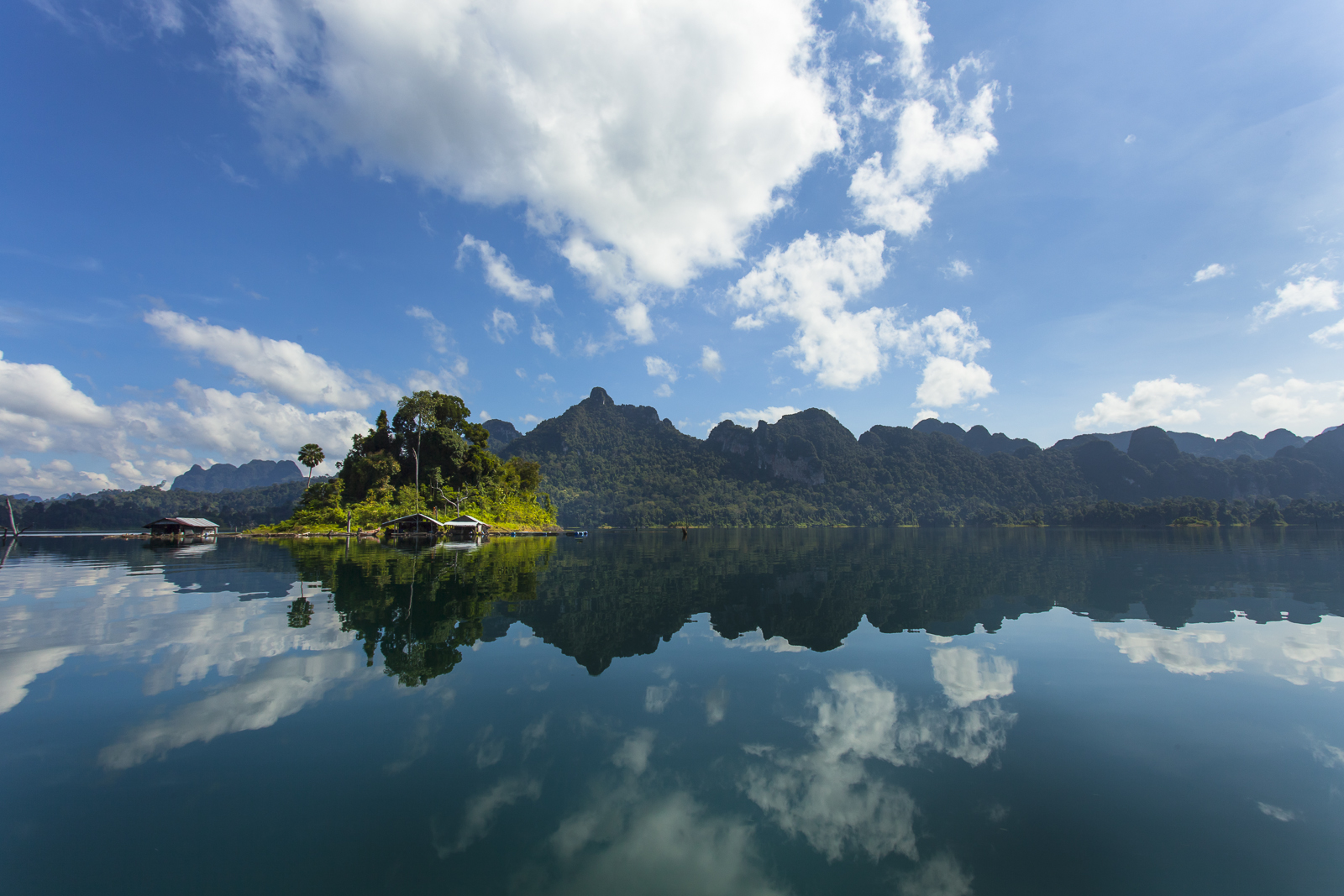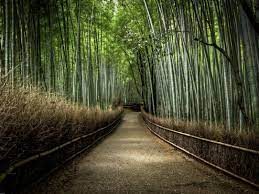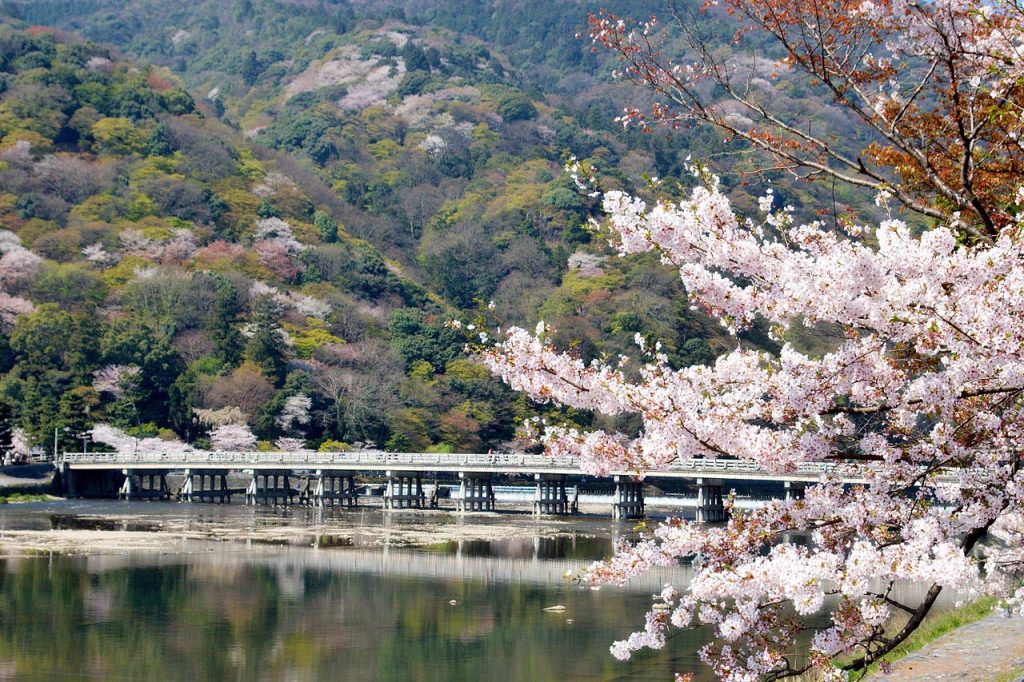Embarking on eco-friendly adventures in East Africa unveils a mesmerizing tapestry of natural wonders and cultural richness, while fostering a deep commitment to environmental sustainability. The diverse landscapes of this enchanting region, from the vast savannas of the Serengeti to the lush rainforests of Uganda, provide a backdrop for responsible and immersive experiences that prioritize conservation and community engagement.
Singita Sasakwa Reserve
The Singita Grumeti Reserve, seamlessly connected to the Serengeti National Park, stands as a crucial component of the Serengeti-Mara ecosystem, established by the Tanzanian government in 1994 to safeguard the route of the annual Wildebeest Migration. Entrusted to the Grumeti Fund since 2002, a non-profit organization dedicated to wildlife conservation and community development, the reserve has seen remarkable achievements since Singita joined as the Fund’s conservation partner in 2006. Together, they have successfully restored populations of buffalo, wildebeest, and elephants in the region.
Usangu Expedition Camp
Usangu Expedition Camp, operating annually from June to November, is an authentic and seasonal camp nestled in the secluded and picturesque setting of Ruaha National Park, specifically within the Usangu Wetlands. Offering expert private guiding, a diverse array of safari activities, and a dedicated commitment to conservation, the camp ensures an immersive experience for visitors amongst all other safaris in East Africa.
Porini Rhino Camp
Porini encompasses a selection of genuinely eco-friendly lodges in East Africa, operating on environmentally conscious principles to minimize their impact on the surroundings. The camps under Porini are devoid of permanent structures, opting instead for eco-friendly practices such as solar power for electricity and sustainable charcoal for water heating – and can be visited when arriving in the region through SkySafari.
Kyambura Gorge Lodge
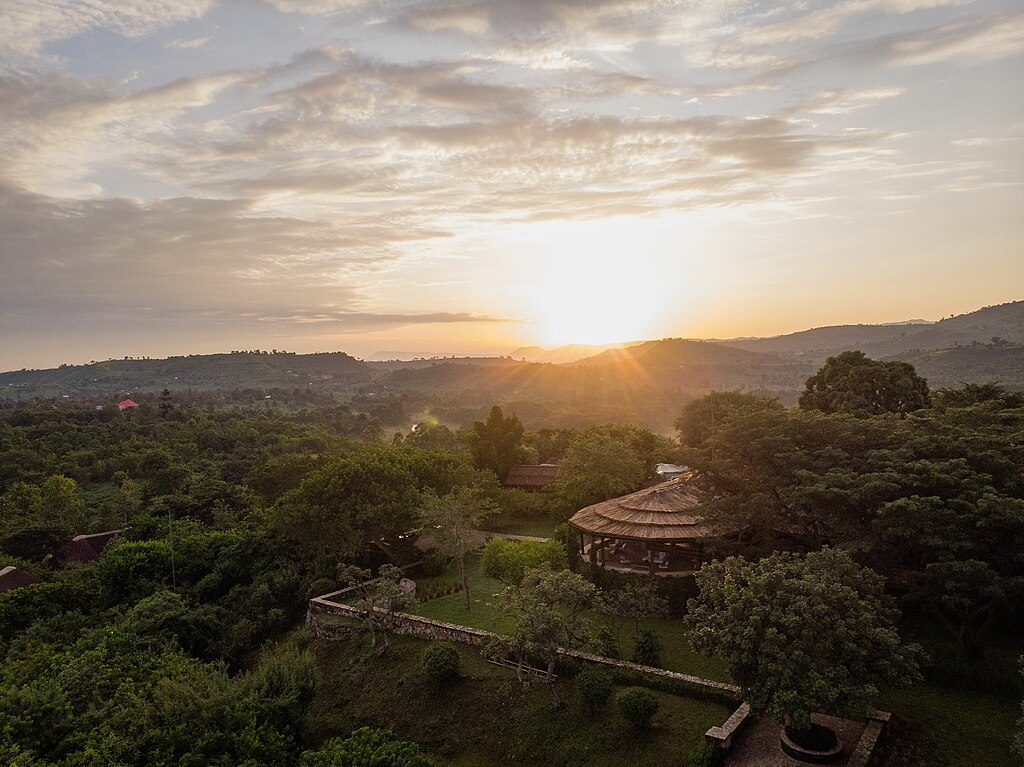
Kyambura Lodge stands as an exquisitely restored coffee-processing and drying shed. Positioned on the periphery of Kyambura Gorge, a refuge for endangered chimpanzees, this opulent property ranks among Uganda’s premier eco-lodges. In 2009, the lodge initiated the Kyambura Gorge Eco-tourism Project, dedicated to preserving the adjacent ecosystem. More recently, the project received substantial support from the Volcanoes Safaris Partnership Trust, contributing significantly to the protection and sustenance of Kyambura Gorge’s chimpanzee population.
